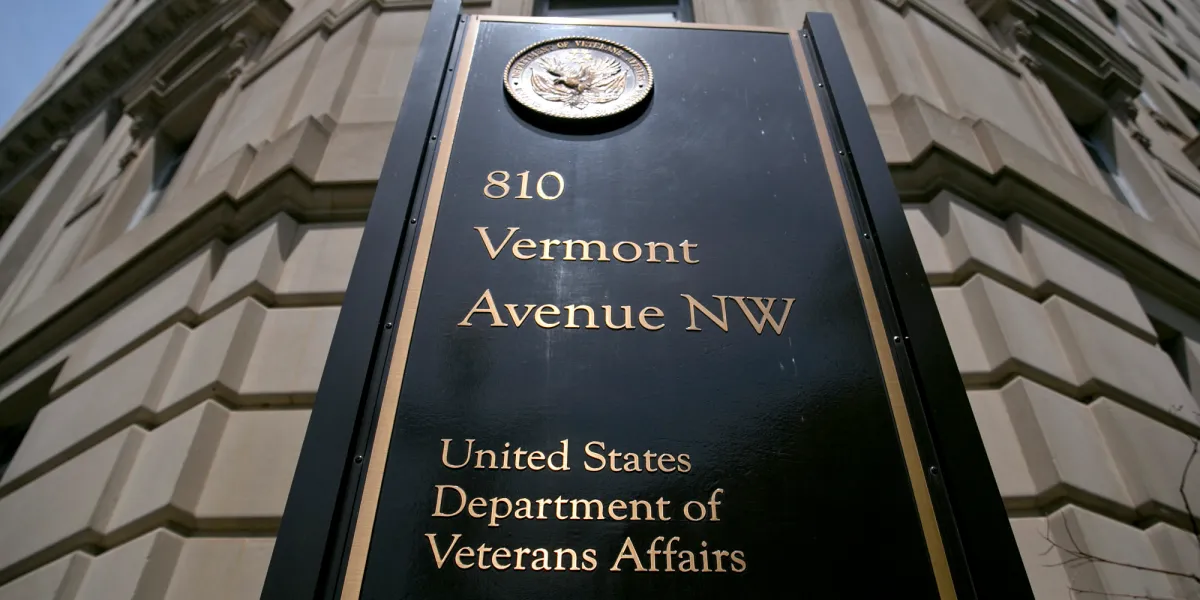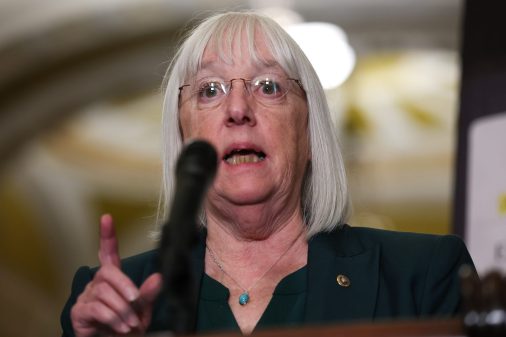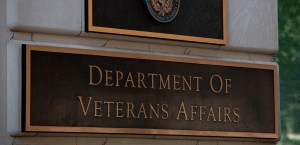Sen. Mike Enzi has some additional questions about VA’s IT strategy

Sen. Mike Enzi, R-Wyo., wants to know what contingency plans the Department of Veterans Affairs has in place should its efforts to “reset” development of a critical piece of benefits delivery software fail to go according to plan this time around as well.
The chairman of the Senate Budget Committee sent yet another missive today in what is now a robust series of volleys between his office and the VA. This latest letter is a response to another VA Secretary Robert Wilkie sent on Dec. 10, which is itself a response to the first letter, sent by Enzi on Nov. 16.
But the whole drama here began much earlier, when the Harry W. Colmery Veterans Educational Assistance Act, or Forever GI Bill, was signed into law by President Donald Trump in August 2017. Two sections of the law, which extends or expands many benefits, change the way the VA pays a monthly housing stipend. Previously the stipend was based on the ZIP code of the school where the veteran was enrolled — now it should be based on the ZIP code of the campus of that school where he or she attends the majority of his or her classes. This can be a big deal for student veterans who attend schools with campuses in, for example, both rural and urban areas.
This new regulation required the VA to build a new piece of software, and it was in the development and deployment of this software that things started going wrong.
Long story short, a system that was supposed to be operational July 16 still isn’t live.
In November the House Committee on Veterans’ Affairs Subcommittee on Economic Opportunity called in leadership from the Veterans Benefits Administration and Booz Allen Hamilton, the contractor in charge of the new software development, for a tense hearing. Following this, Enzi sent his first letter to the VA, pushing, as members of the House Veterans’ Affairs Committee did too, for specific dates on when the software will be operational.
Toward the end of November, the VA came back with an answer, of sorts — the agency announced that it plans to “reset” its efforts to develop this piece of software. The new target date for deployment is Dec. 1, 2019. This time will “give the department the time, contracting support and resources necessary to develop the capability to process Spring 2020 enrollments in accordance with the law,” an agency press release explained.
The VA also specified that all payments to student veterans will be made in full, retroactively if needed, and veterans will not be asked to pay the VA back for any overpayments resulting from the glitch.
Various lawmakers seemed understanding, if a little wary, of this explanation.
“While I am disappointed that the VA does not yet have an effective IT system in place, I understand Secretary Wilkie’s decision to reset implementation of certain sections of the ‘Forever’ G.I. Bill while improvements continue to be made,” Sen. Johnny Isakson, R-Ga., the chairman of the Senate Committee on Veterans’ Affairs, said in a statement in response to the VA’s announcement. “Right now, the VA’s priority must be to ensure accurate payments are sent to student veterans in a timely manner.”
“I’m disappointed in VA’s inability to implement this important law on time, but the number one priority must be taking care of our veterans, and I will be watching closely as Secretary Wilkie takes charge moving forward,” ranking member Sen. Jon Tester, D-Montana, added.
Rep. Phil Roe, R-Tenn., chairman of the House Committee on Veterans’ Affairs, expressed very similar sentiments.
Enzi, meanwhile, isn’t letting the VA off quite so easy. In addition to a Plan B, he wants to know what the VA’s longterm plans for its legacy IT systems are — at the House hearing Richard Crowe, a senior vice president at Booz Allen, testified that the sheer age of the benefits delivery systems is at the root of a lot of the problems. The issues his team has encountered, he said, are the result of “attempting to build something new on something very old.”
“Does the VA plan to retire this system?” Enzi asks, in his letter, “and, if so, how much will it cost to fully replace it?”
Enzi’s letter requests responses to his questions by Dec. 21.






